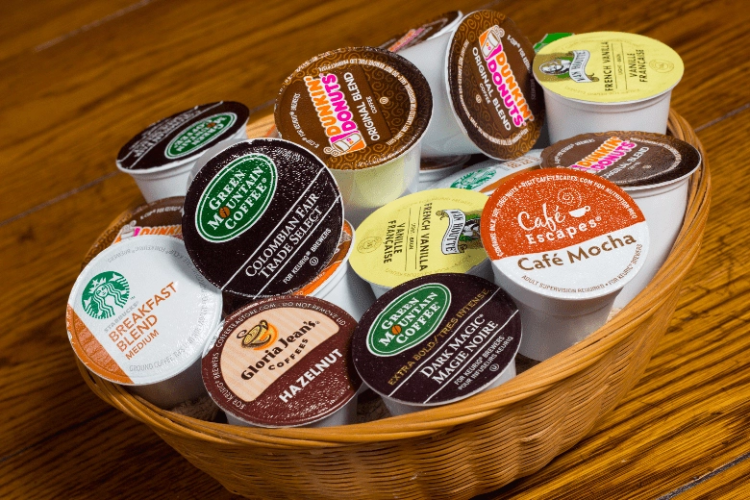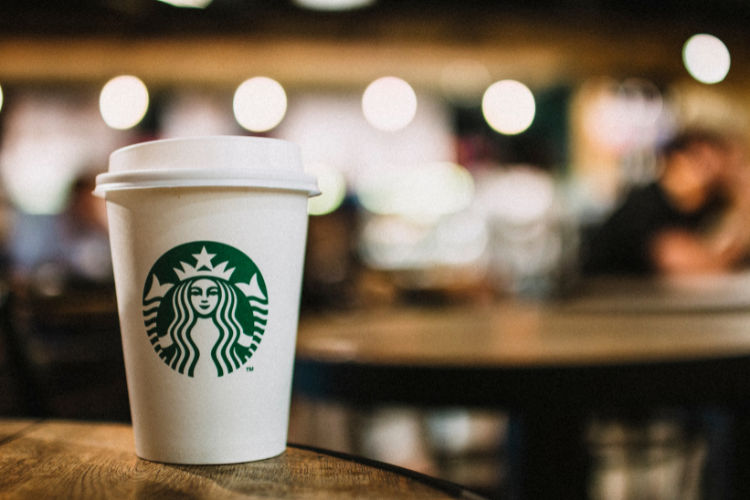Are Keurig K-Cups Still Popular Among Coffee Drinkers?
Keurig K-Cups maker has seen a significant decline in market share over recent years.

Before Starbucks (SBUX), – Get Starbucks Corporation Report, and Dunkin” (DNKN – Get Dunkin’ Group, Inc. Report) came on the scene, Keurig K-Cups, (KDP – Get Keurig Dr Pepper Inc. Report) was the only name almost exclusively associated with single-use pods of coffee.
Although Nestle, a Swiss-based company ( NESCAF), launched its Nespresso coffee pods back in 1986. It would continue to sell them for decades. However, the craze didn’t begin until Keurig introduced its K-Cups into supermarkets in 2008.
Jimmy Stamp reported that coffee capsules and pods have been incredibly popular ever since they were introduced in the 1990s. He wrote this article for Smithsonian Magazine 2012. “One company however has dominated the market so that their brand has almost become synonymous with the product in much the same way Kleenex is with facial tissue.”
K-Cup Partnerships – A Brief History
Like many other cases of market dominance it didn’t take long for competition and collaboration to enter the picture.
Keurig is a part of a Starbucks partnership that dates back to 2011. Since then, it has been making K-Cups for Starbucks and Tazo Tea products. The company also signed a deal with Dunkin Donuts (now Dunkin’), to manufacture K-Cups.
Nestle then signed a $7.18 Billion deal that would permit it to use the Starbucks brand on certain pod products in 2018. The Swiss company, which had redesigned its design and launched several new lines, was soon able to reap the benefits of the pod explosion. It is now a major competitor to Keurig.
Between 2011 and 2013, sales of single-use pods grew more than three times. Data from Euromonitor also shows that sales increased from 1.8million units to 11.6million in 2008, to 11.6million in 2013.

Starbucks dominated 22% market share in May 2021. Keurig-owned brands accounted for 11.2%. Dunkin’ and Folgers were respectively at 9.3% and 6.1%, while collective private labels accounted for 22%.
